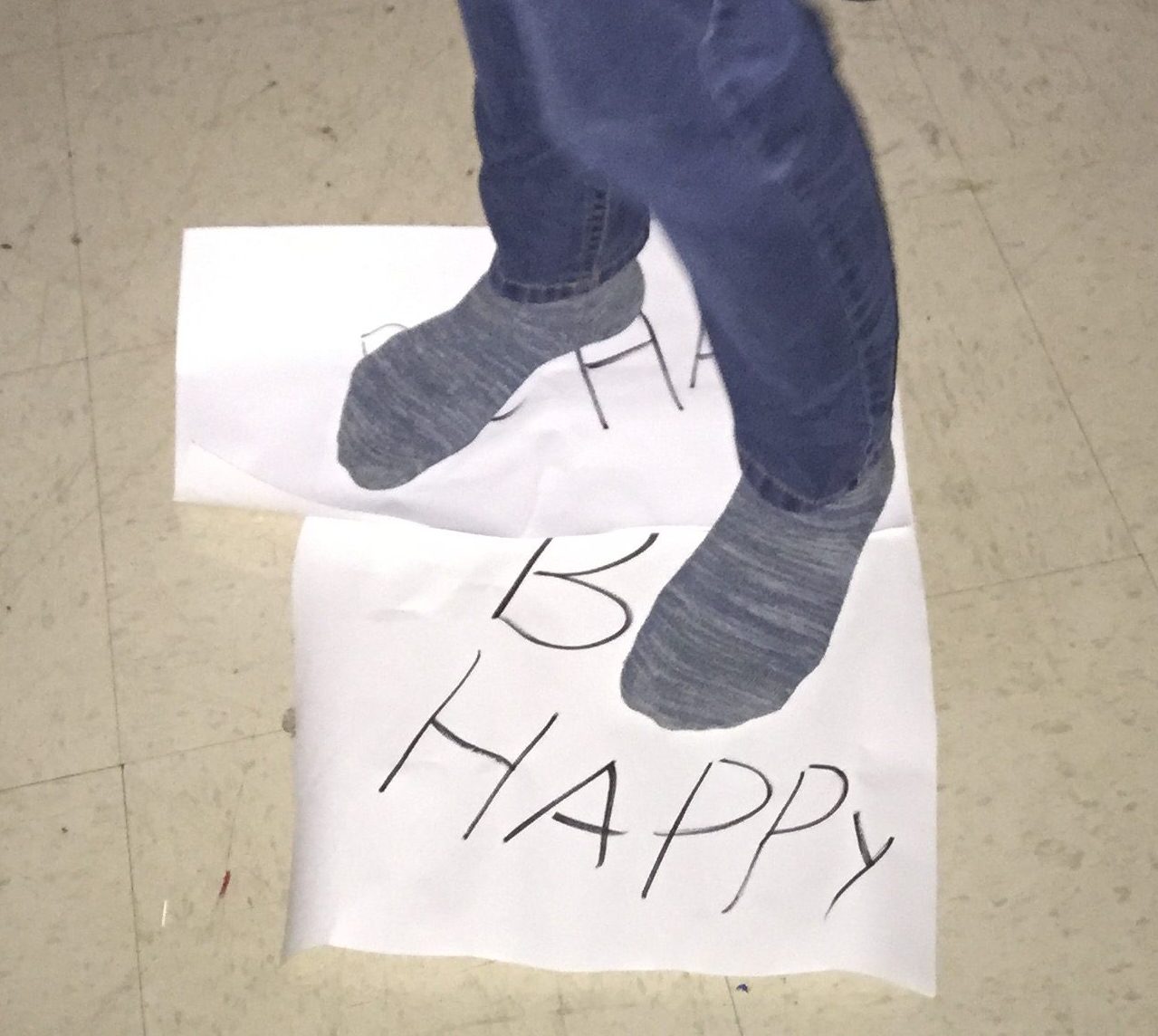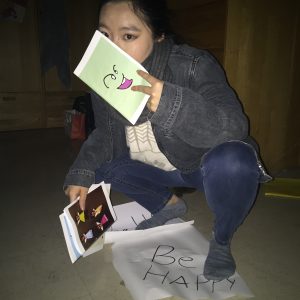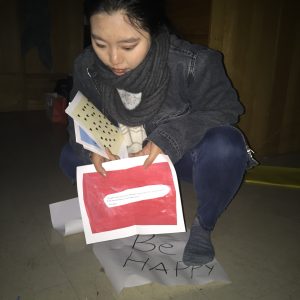I sometimes wonder where negative views come from. Then I realize that experience influence places a huge role of how our perspectives form. I remember when I was little; I watched so many scary movies that in the end I couldn’t even sleep without a night light on. Our perception is like a sponge. We keep absorbing influences. Negativity can easily change how people see things, it can even change influence people to view what are normally perceived positive things as negative things. The following three ideas inspired me to start my installation.
Media provides a significant influence on us through out our lives and some of this influence is misleading. I can not count how many times news and movies portray racism and negative stereotypes. For example: In the case of Tamir Rice, a 12-year-old African American boy was shoot by two police officers, Timothy Loehmanna and Frank Garmback, responded after receiving a police dispatch call “of a male black sitting on a swing and pointing a gun at people” in a city park. Yet the caller signified that the gun was fake. The officers reported that upon their arrival and shoot Rice. This heart breaking experience is a great example of Media’s influence on people. Every day, black African American was portrait as criminal on the news and when police officers are doing their duties nowadays, they put on more guards towards black African American males. Media’s job is to spread information while making influences on other’s. Media should also help the people who needed help, instead of spread their vices to the world.
Under the Blossoming Cherry Trees is one of Ango Sakaguchi’s famous novels. Ango Sakaguchi had always been a Buraiha novelist. During post World War II Japan, a group of dissolute writers expressed the aimlessness and identity crisis through their writings and we call
these writings Buraiha. Buraiha is the school of irresponsibility and decadence. Sakaguchi grew up during world war I and World War II. His perspective was changed gravely by wars and despair that happened around him throughout his life. In Under the Blossoming Cherry Trees, Sakaguchi reflected on the flower most beloved by the Japanese, the cherry blossom, and wrote the book which demonstrates his unique vision. Published in 1947, Sakaguchi’s own experience give birth to this brilliant novel. In this work, he wrote that cherry blossoms are to be feared. During the war, beneath the cherry blossoms in Ueno, Sakaguchi saw people being burned to death during the bombing of Japan. The traumatizing experience made him doubt traditional Japanese values. Cherry blossoms symbolizes Japan in these novel and the protagonist of the story has a weird trait: he is afraid of the beautiful cherry blossoms. In Sakaguchi’s eyes, After the trauma that was created by war, even the most beautiful things could turn into something malicious.
I’ve always admired Satashi Kon’s work, Kon is a Japanese film and maker animation director who always portrays human nature vividly his audience. His famous work, Paranoia Agent is one of his most laudable TV shows. Kon’s smart directing in one particular fascinates me greatly. He takes suicide subjects and turns it into something cheerful. In episode eighth of Paranoia Agent, three people from different age group met in a chat room online and soon became good friends and decided to commit suicide together because they agree life is pointless. Although the whole episode is about suicide, protagonists treat the subject of suicide as if they are going to a fun journey together. The general cheerful and even funny tone of this episode create a eerily cheerful experience towards the subject of death. Through the most episode, the tone of the scene had mostly been positive and cheerful. This is a contrast example of Ango Sakaguchi’s Under the Blossoming Cherry Trees. Sometimes cheerful influence can make something negative seems positive too.
These three examples I listed perfectly demonstrate my central idea: experience influence changes perspectives, especially negative influences. For my installation, I’m going to portray a situation for my viewers. What they see on the wall and where the audience stands is full of positivity notes scatter on the wall and floor, but what they hear,see, and smell are totally negative. For example: they will see positive quotes on the wall, but in the room there is rotten smell, dim light and arguing noises that cause you doubt about the positive quotes on the wall. If someone’s steps into an environment that has negative signals as this these, the positive quotes would soon be transformed into negative.








